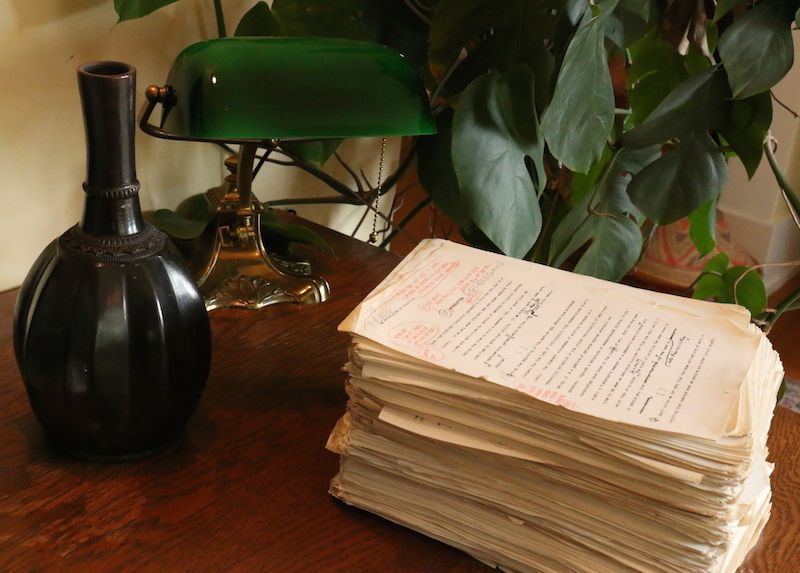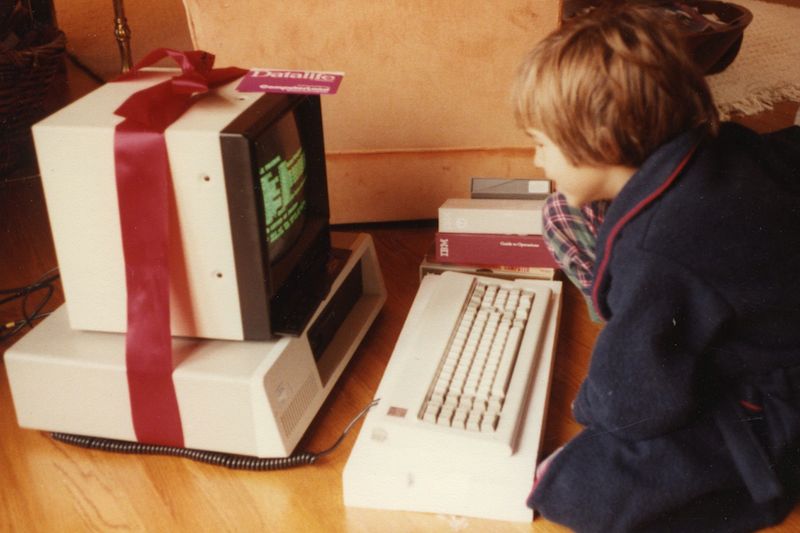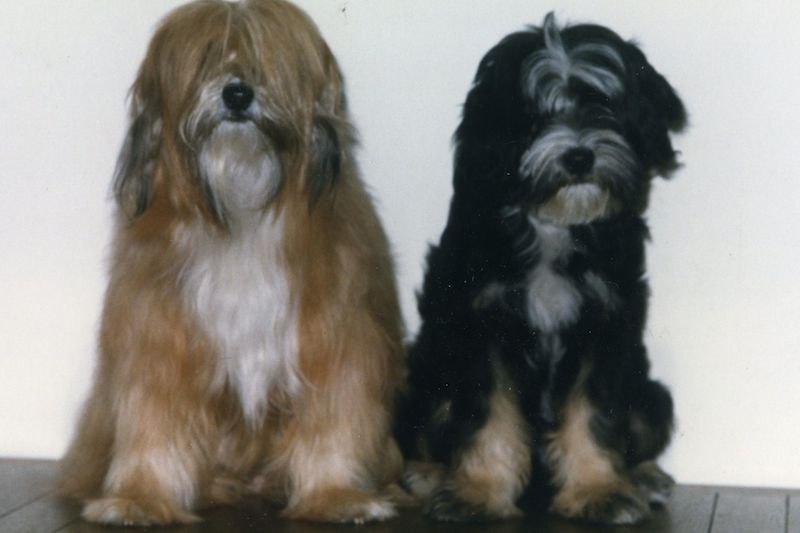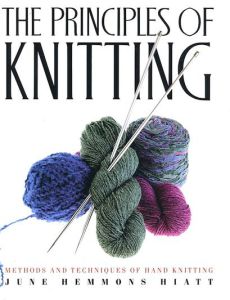Writing the First Edition
After finishing a degree in History at UC Berkeley in 1982, I considered going on for a PhD or applying to law school. However, my husband has a demanding career and we had an eight year old son who needed a parent at home, so I thought I should find an alternative that would not require so much of my time.
The idea of knitting something while I pondered my future had great appeal. My mother taught me to knit when I was four or five and it had been a constant in my life well into adulthood. However, I had not picked up yarn and needles in years and needed to refresh my skills.
I looked through a few technique books and found them unsatisfactory and contradictory. My favorite kind of cookbooks didn’t just have recipes, they explained the techniques so I gained real knowledge. I couldn’t find a knitting technique book like that, and an idea of what to do began to take shape.
My professors said I wrote well and, of course, being a writer meant I could work at home. I thought about doing a small book to see if this was something I liked to do — a writer’s life is solitary and I wasn’t sure it would suit me. I decided to give it a year and if I didn’t have a manuscript ready to show someone by then, I’d either get a real job or go back to school.
A year later I had an outline, an introduction, and two chapters. I did like writing and liked what I had written. But I also realized the book I now had in mind was going to take more time than I had planned. Before going on, I thought it best to stop and find out if anybody would be interested in it; I hoped a small local publisher or one specializing in craft books might take it.
A lucky introduction led to an agent in New York who read the manuscript; three months later she placed it with Simon & Schuster. To say I was surprised is an understatement. I told them it might take two more years, which proved to be wildly unrealistic; altogether it took four times that long.
For the next two years I spent school hours working at my desk in a sunny corner of the house with a view outside into our big California oak trees.
At first I used an IBM electric typewriter, and each chapter went through multiple cycles of edit, cut, paste, and retype. This was very tedious and looking back on it now, it seems like ancient history. Then in 1983 we bought one of the first IBM PC computers and things changed for the better.
I was soon working on the book full time because, in addition to writing, illustrations were needed — over 900 of them. I knit endless swatches and photographed them, and had three artists do drawings and charts. They didn’t know how to knit and I didn’t know how to draw, so communication was a challenge.
My two wonderful Tibetan Terriers kept me company and made sure I got up from my chair now and then.
During the last few years I worked every waking hour – the idea of a flexible schedule for the sake of my family was long gone. Fortunately my son was older by then and my busy husband took on all the things I would normally have done around the house, and I mean all.
Finally it was time to turn the manuscript over to Simon & Schuster. I offered them my 5” floppy disks (remember those?), only to find they did not yet have computers! So FedEx carried multiple copies of the manuscript back and forth between me in California and the publisher in New York for editing, proof reading, corrections, typesetting, and layout — all still done by hand.
The book finally went to the printers late in 1989 and appeared in stores in early 1990, eight years after I sat down on the sofa with my knitting to think about what to do. There are situations in life when if you really knew what you were getting into you’d never have the courage to take the first step, and this was definitely one of them.





